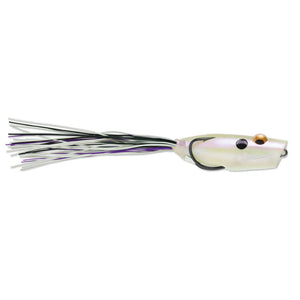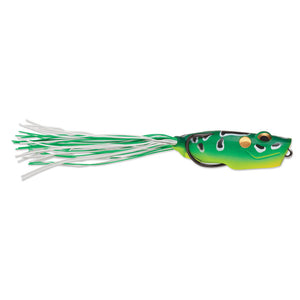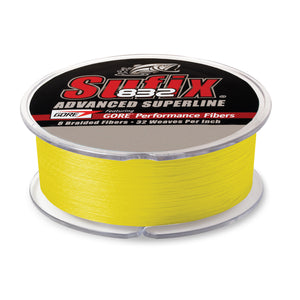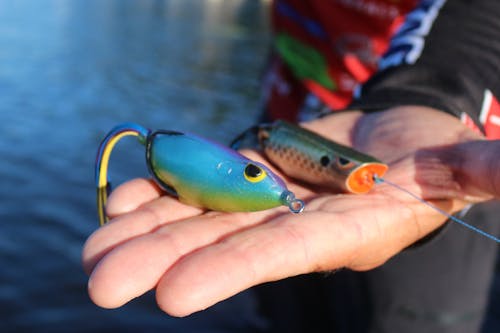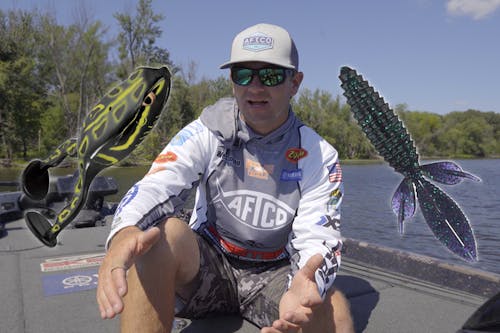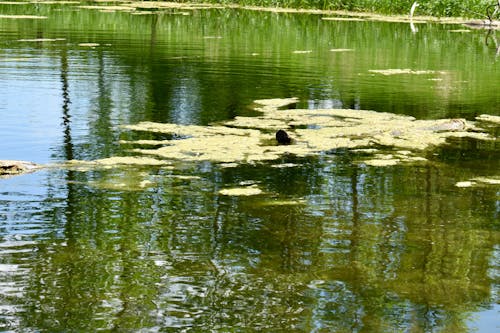No matter where you are in the country, frogging will always be a necessity in your fishing arsenal. Patrick Walters breaks down how and when to use each type of frog, and the colors to stick with. There are distinct differences in the locations that these frogs excel in, and depending on the cover could be the difference in getting bit or not. Whether you are throwing a poppin frog or a walkin frog, color choices are simple. Black, white, red, and a bait fish, such as bluegill color, will cover all your bases. Unlike crankbaits or jerkbaits, keeping the colors limited and simple will actually help you narrow in on the color fish are most reactive to. Don't get caught up in the small details of the coloring, just focus on the main color of the frog and rotate through colors until you get bit.
Popping frogs
Patrick describes poppin frogs to be more of an open water bait. Whether the cover is spread out and isolated, or you are making targeted casts that are meant to draw fish from their cover, the poppin frog is your best choice. Similar to a traditional popper, a poppin frog can be worked slower and is best used to draw fish from distances. Trees, grass lines, scattered pads, and docks are all great places to use a poppin frog.
Walking Frogs
Walking frogs are the most universal frog, and likely the first frog most anglers instinctively grab from the tackle box. Patrick believes that these are best utilized when fishing heavy cover, their pointed nose lets them walk side-to-side much easier. Also, the pointed nose helps navigate through cover, such as dense lily pads, where a poppin frogs cupped face would get hung up. Both frogs have a time and place, but by knowing the key characteristics of each style, you can be more efficient and better equipped to handle a day of frog fishing.





